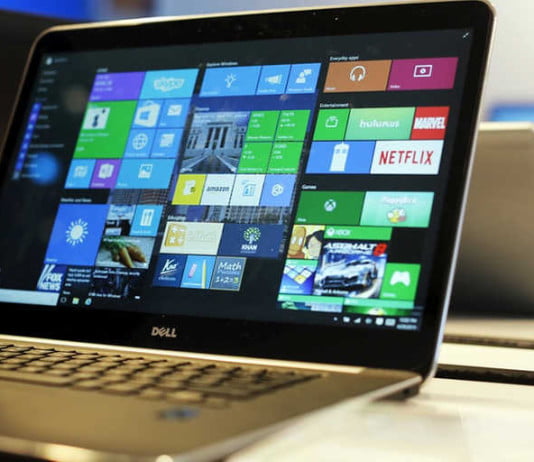Windows users are always confused about the Windows 10 updates that are delivering to them frequently because users don’t really know what’s changing when a patch gets applied. Microsoft is not that much transparent about Windows 10 updates they rarely releases detailed release notes, and the updates are often applied automatically behind the scenes. But now Microsoft is going to fix that problem, now onwards each Windows users will know what’s exactly inside in those Windows 10 updates.
Also Read : Next-Generation Processors will only be Compatible with Windows 10, says Microsoft
LogBook : Microsoft Will Tell You What’s Inside In Those Windows 10 Updates
After users request Microsoft is going to transparent about Windows 10 updates. For that Microsoft has launched a new website for anyone who is curious about the features and fixes released in each Windows 10 update.
“After listening to feedback regarding the level of disclosure for Windows 10 updates, we decided to implement a new system for communicating updates to the operating system,” said a Microsoft spokesperson.
The new Windows 10 update history website will serve as a hub for historical information on previous Windows 10 updates, and it will be revised with new data for each release.
Most Windows 10 users won’t care what changes on a monthly basis, but the new site will be an important resource for IT admins or power users.
Also Read : Only 1.2 Percent Are Using Android Marshmallow On Their Devices
Earlier Microsoft has been sharing the details of different releases in posts on its Windows Blog, but there has never been a central location for all update details.
When Microsoft launched the Windows 10 history website on Feb. 9, it also rolled out a cumulative update. This release, which will bring the most current Windows systems to 10586.104, is the first to come with notes.
The accompanying notes indicate this update fixes problems across Windows 10, including authentication and update installation, app downloads, Windows 10 Mobile, and Internet Explorer 11.
Also Read : 86% Of Critical Vulnerabilities Affecting Windows Could Be Avoided By Removing Admin Rights


